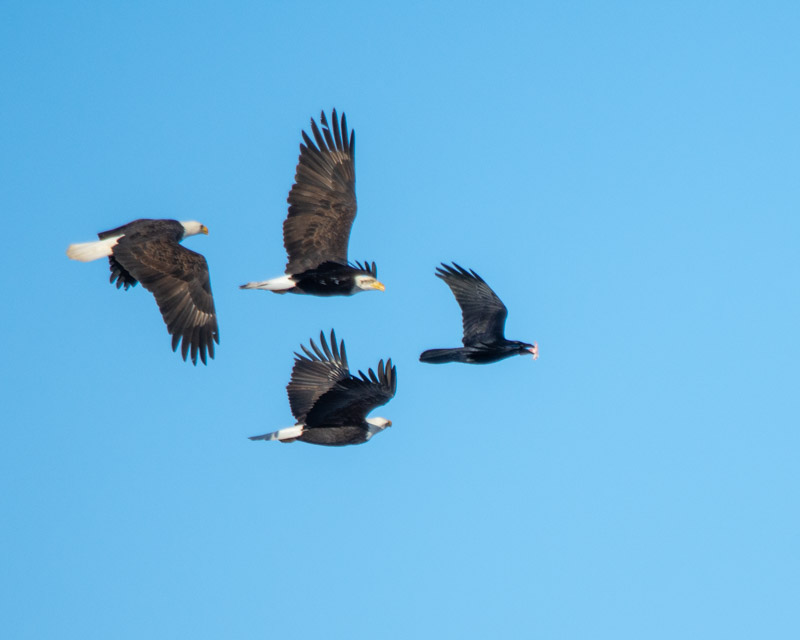By Dan Weisz
I recently visited the state of Washington and was able to see wintering birds there. Some of the birds I observed are also present in Arizona, many in southern Arizona. I thought I’d share some that you can see around our state (all of these photos were taken in Washington or British Columbia).
One of the more spectacular birds we have visiting us in southern Arizona during the winter is the Sandhill Crane. You can observe tens of thousands of them at Whitewater Draw, south of Wilcox, every winter from about November through the end of February or so. Sandhill Cranes are huge birds and have been around since the Ice Age began. The bird below was seen during a snowstorm:
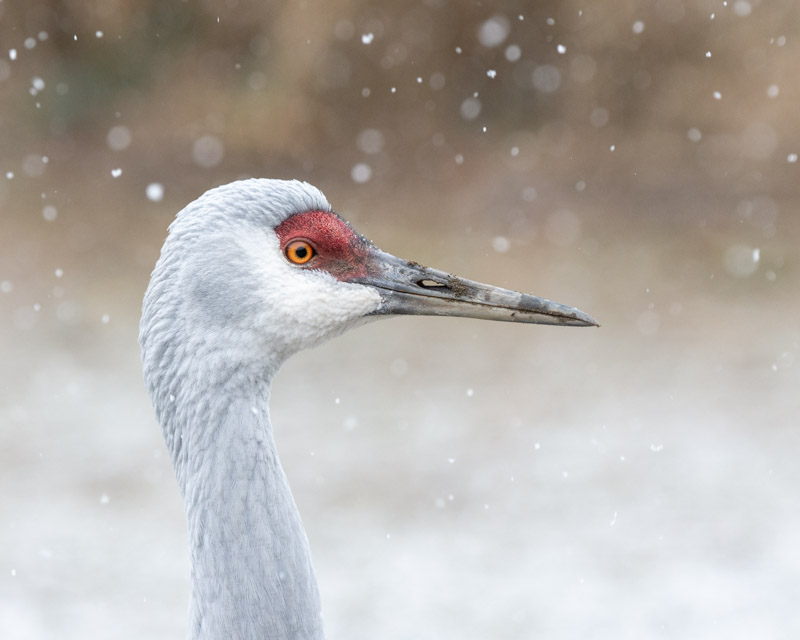
There were many wintering ducks. One of the ducks is common in Tucson each winter and can be seen at Sweetwater Wetlands, among other water spots in southern Arizona. Northern Pintails have very long tails but a long neck and an elegant look:
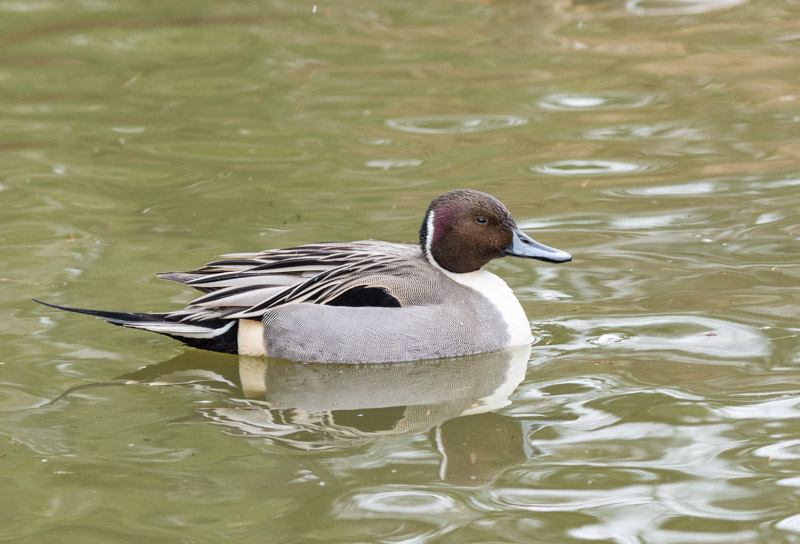
Here is a portrait of the Northern Pintail:
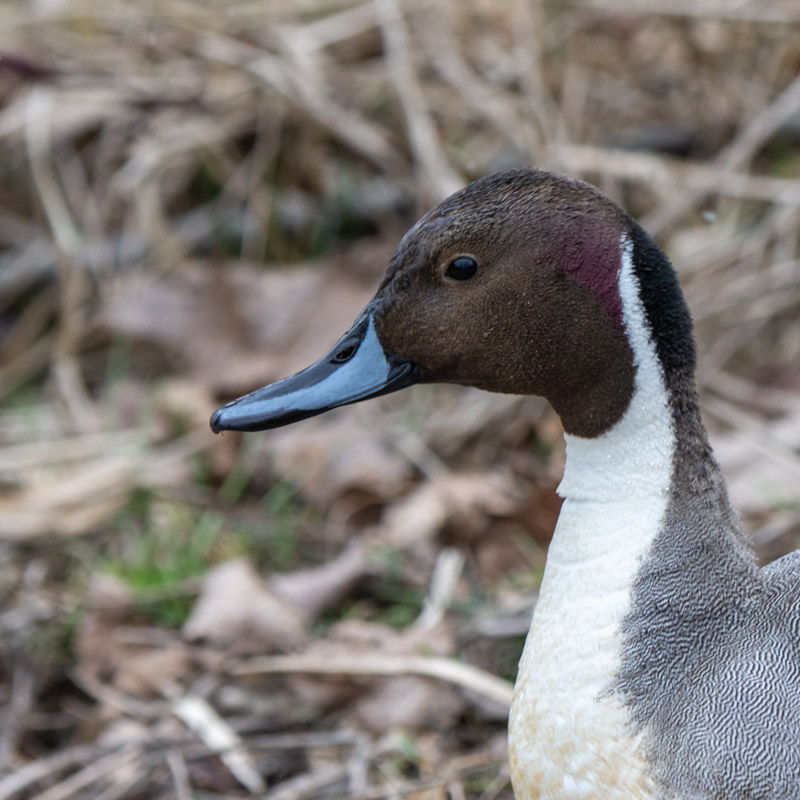
A very stunning ducks that can be seen at Sweetwater, Reid Park, and other local ponds on occasion is the Wood Duck. Wood Ducks are an interesting species as they nest in tree cavities. This is one of the more spectacular looking ducks around. Here is the male Wood Duck.
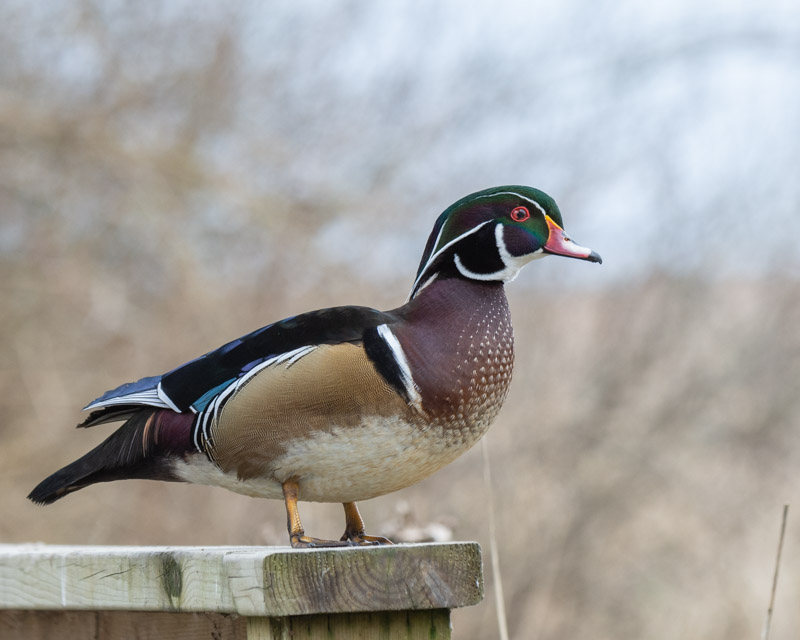
And a shot of the Wood Duck looking right at the camera:
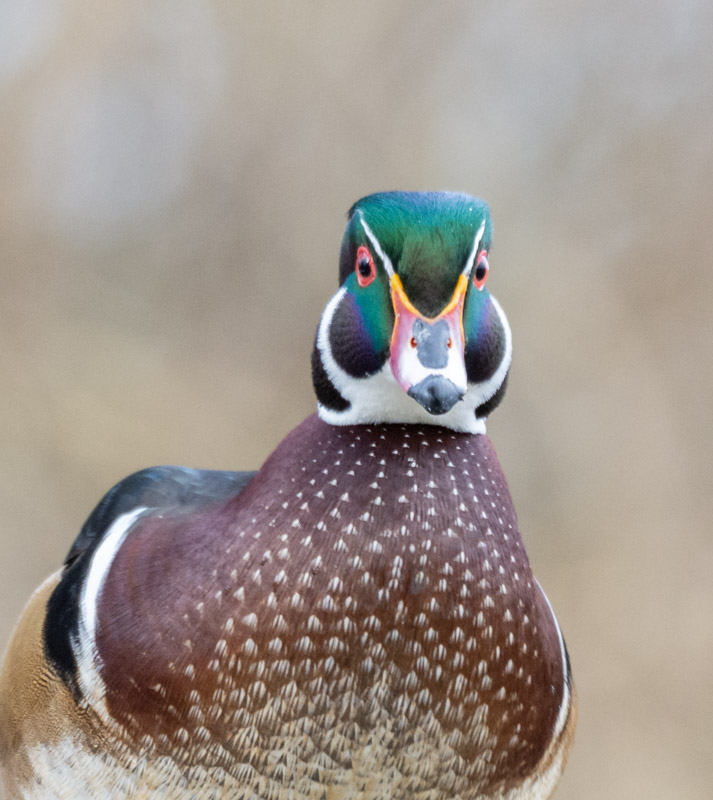
Female birds are often much more plain looking than their male counterparts. This may be due to their need to stay hidden while sitting on eggs in the nest. The female Wood Duck may be plain, but she has a definite style of her own.
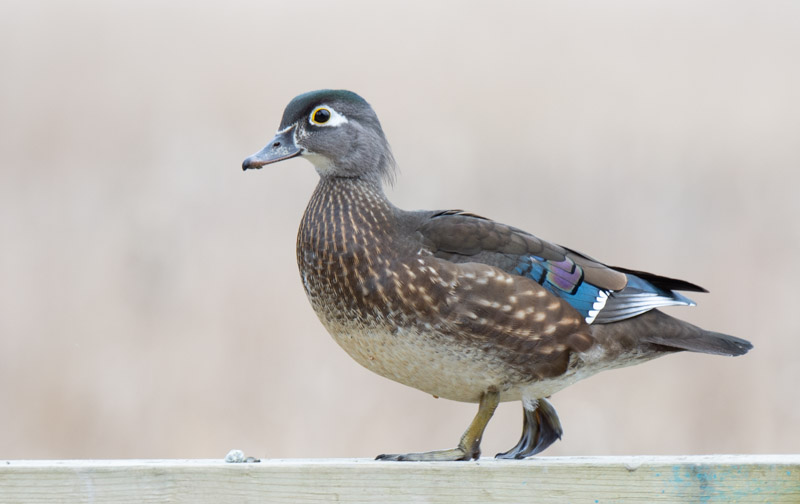
Another duck that can be seen in southern Arizona, but is rare, is the Hooded Merganser. The male has a fan shaped crest and a very tiny bill. He looks unlike many other ducks!
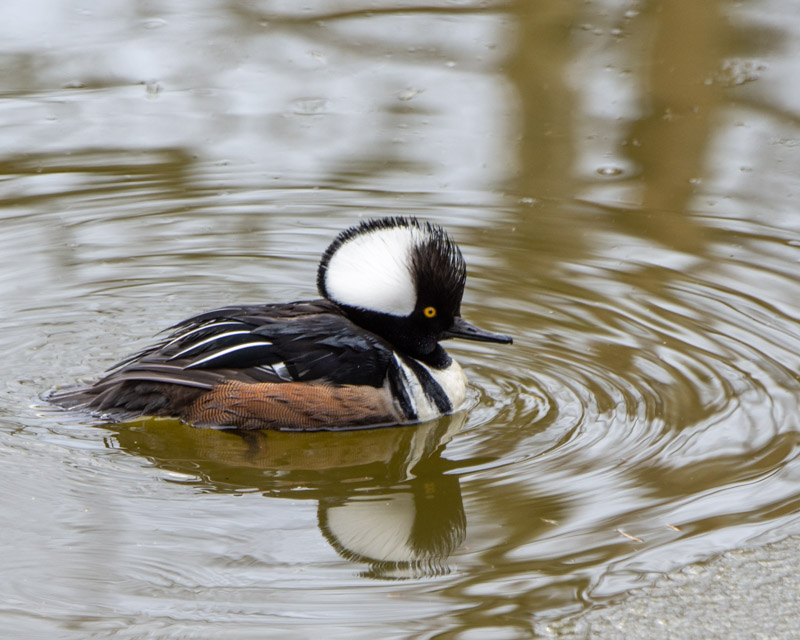
Finally, the last bird I’ll share is one we don’t see in the Tucson area but is common around lakes and rivers with fish in the rest of the state. The Bald Eagle is our country’s national album. DDT almost caused the extinction of Bald Eagles but thanks to conservation efforts, the Bald Eagles are now seen around the country. In Arizona, are almost 70 nesting pairs of Bald Eagles. They can be seen in the Phoenix area and along the Salt River and many other places in our state.
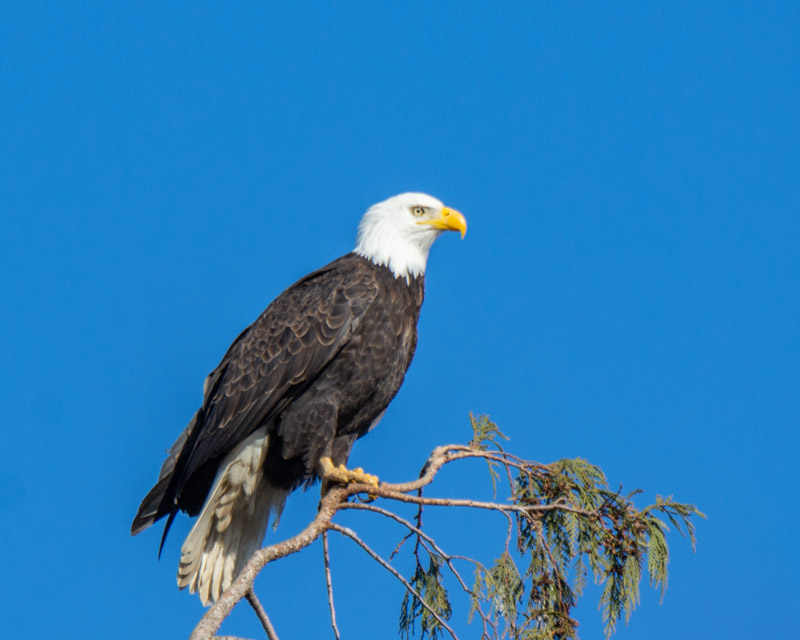
An article in the Arizona Daily Star in 2017 celebrates the Bald Eagle’s recovery in Arizona:
https://tucson.com/news/local/once-endangered-bald-eagles-are-now-flourishing-in-arizona/article_e3797110-dea9-5453-8fc1-a05c54444709.html
Bald Eagles will use communal roosts during the winter. Here is one in a tall tree that also features a Bald Eagle nest. Bald Eagle nests are large and can weigh a ton or more.
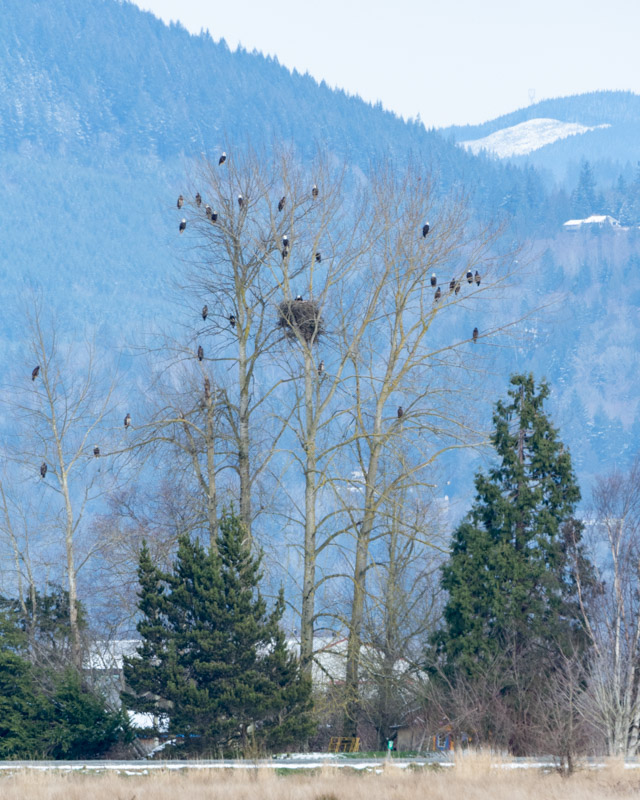
Bald Eagles are nesting throughout our state now. To get a sense of where we have Bald Eagles, this map is a great reference:
http://www.swbemc.org/nestSites.html
Bald Eagles aren’t bald, but the white feathers in an adult stand out. It takes Bald Eagles five years to reach their adult plumage though, so they are not “bald”
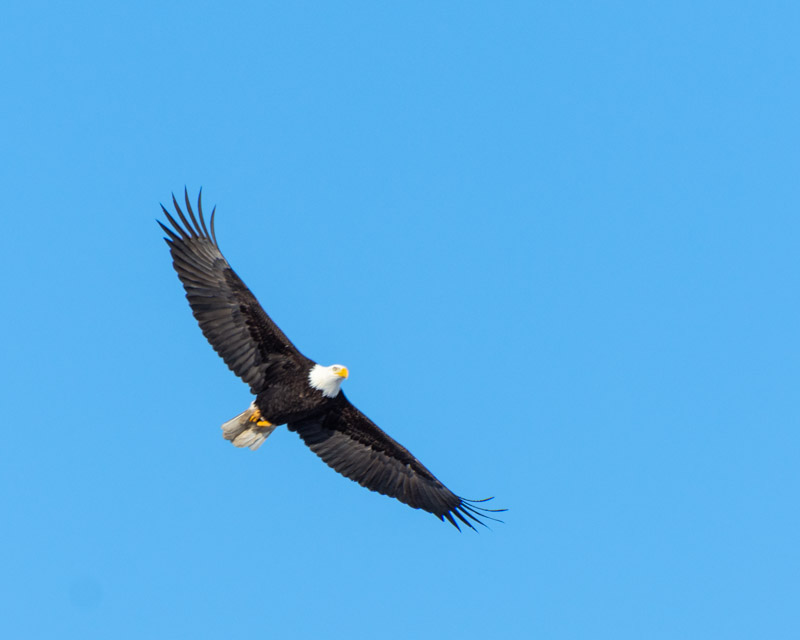
We also have Common Ravens in southern Arizona. Ravens are smart birds, but Bald Eagles are aggressive predators. The primary food source for Bald Eagles is fish, but they will eat carrion, waterfowl and small mammals. They are opportunistic foragers. In addition, they will steal food from others. This is known as klepto-parasitism. In this shot, three Bald Eagles are chasing the Common Raven to bully it and steal its food. The raven eventually dropped the food form its beak and the eagles flew after the falling treat.
